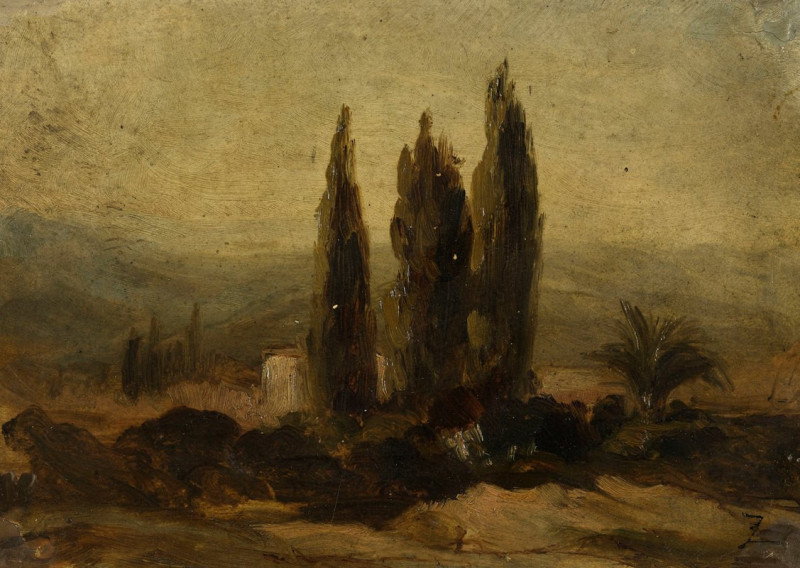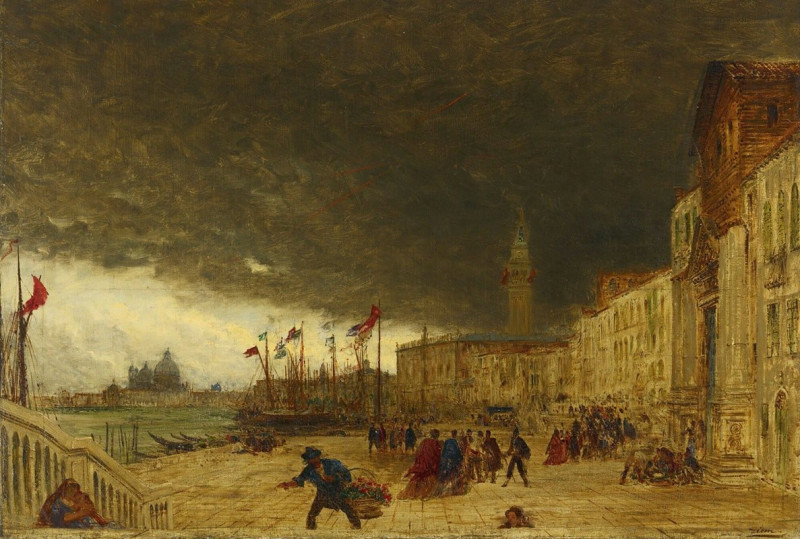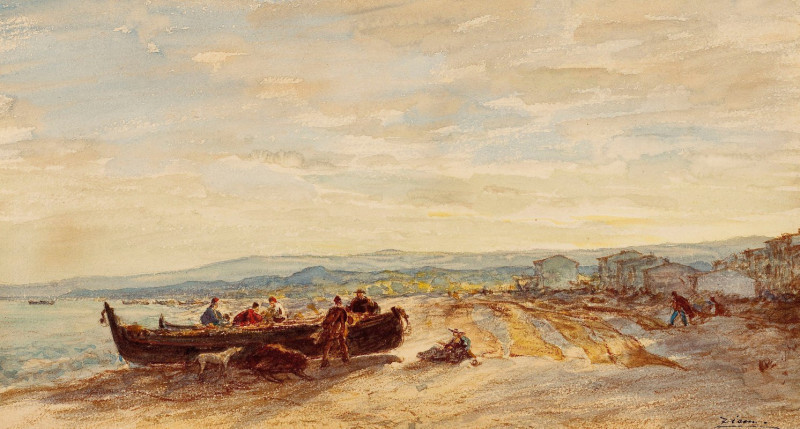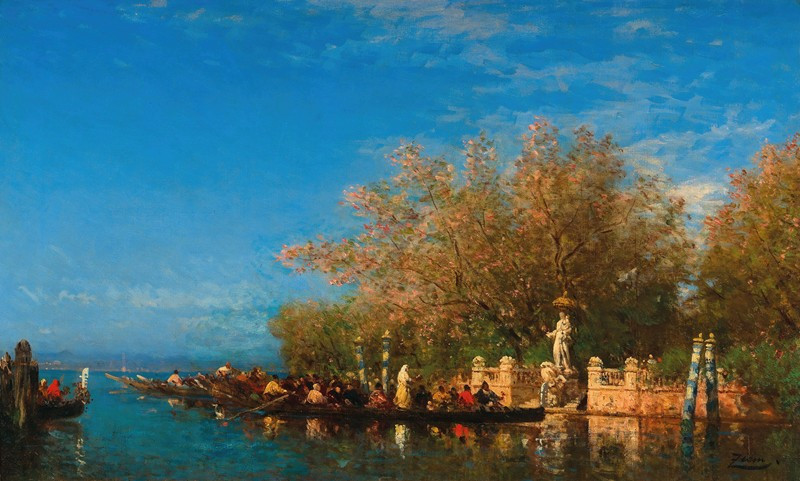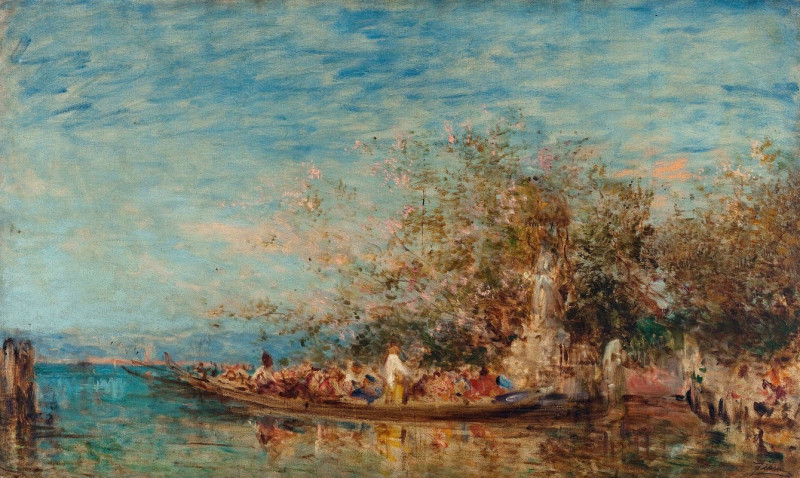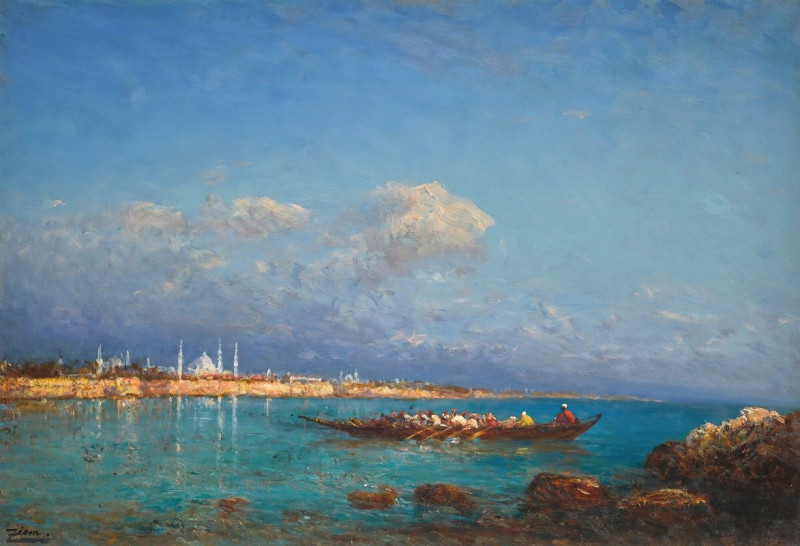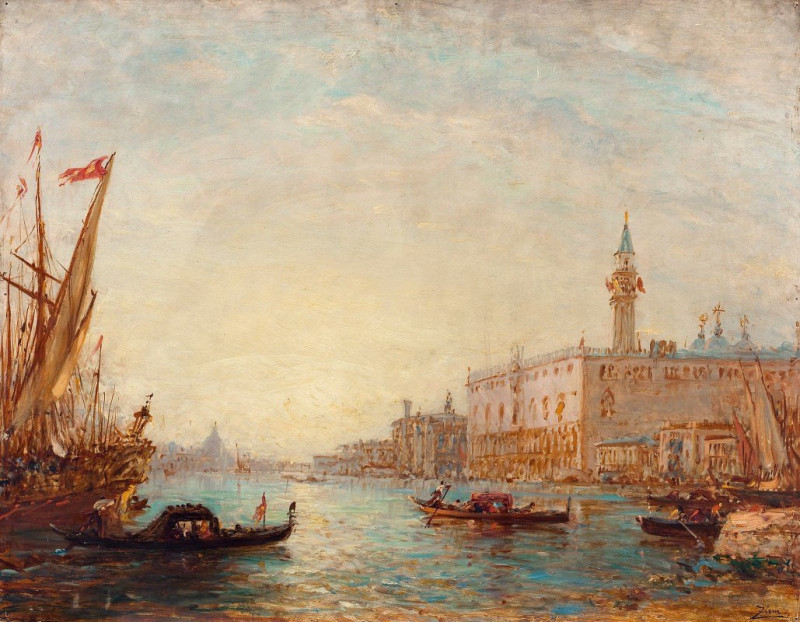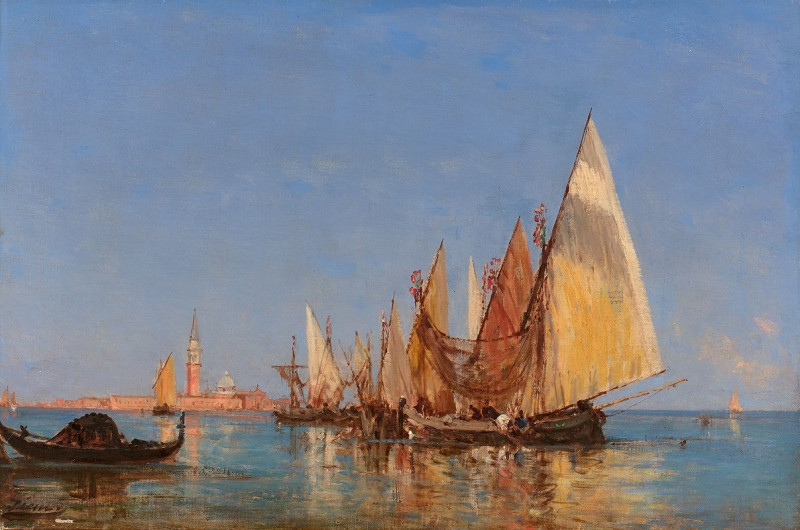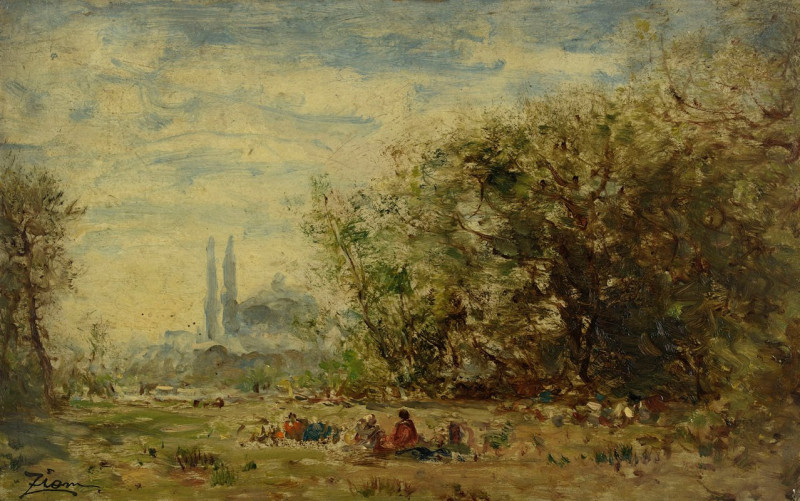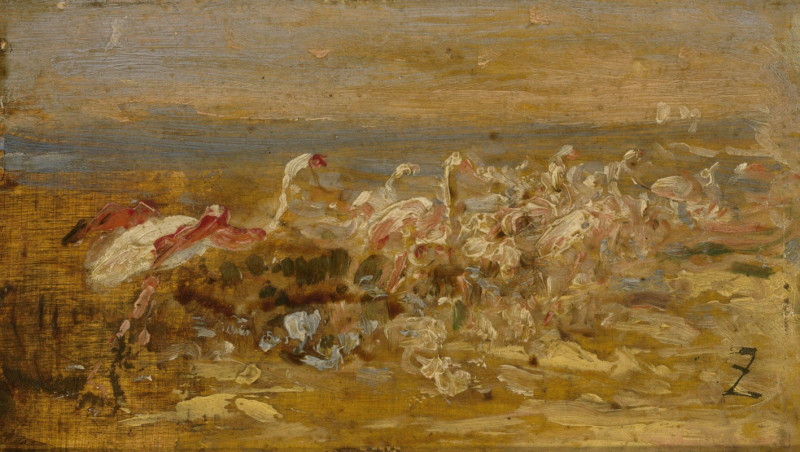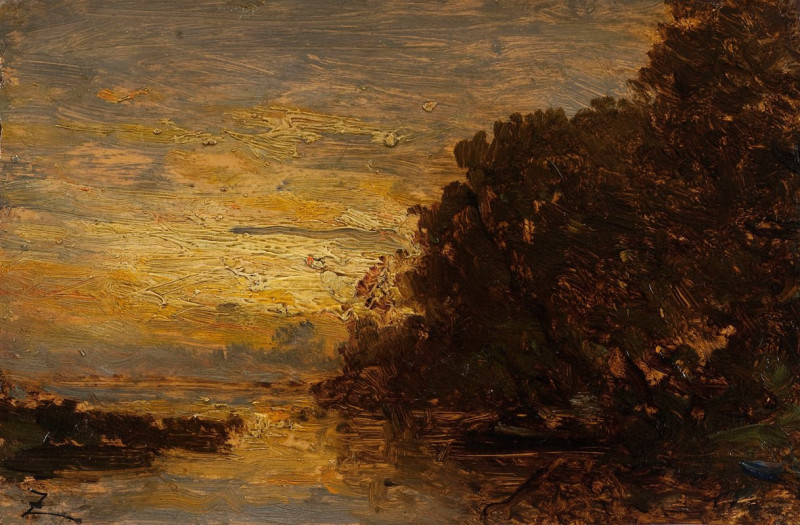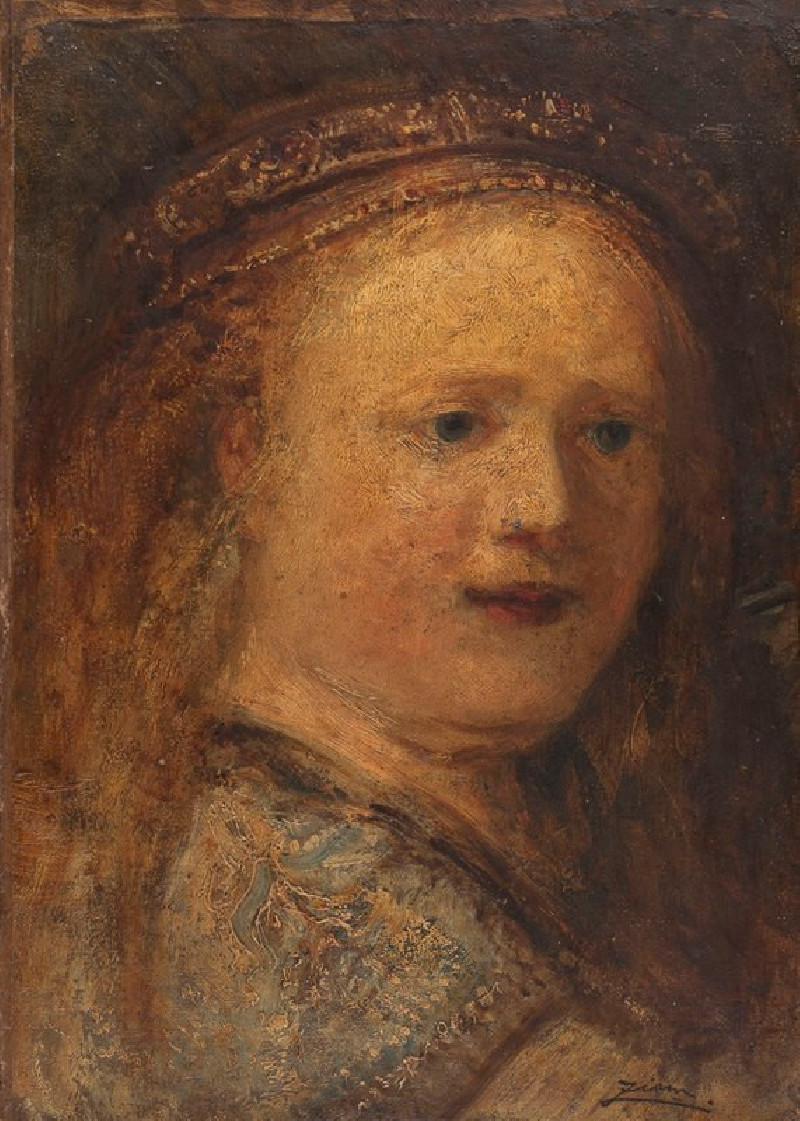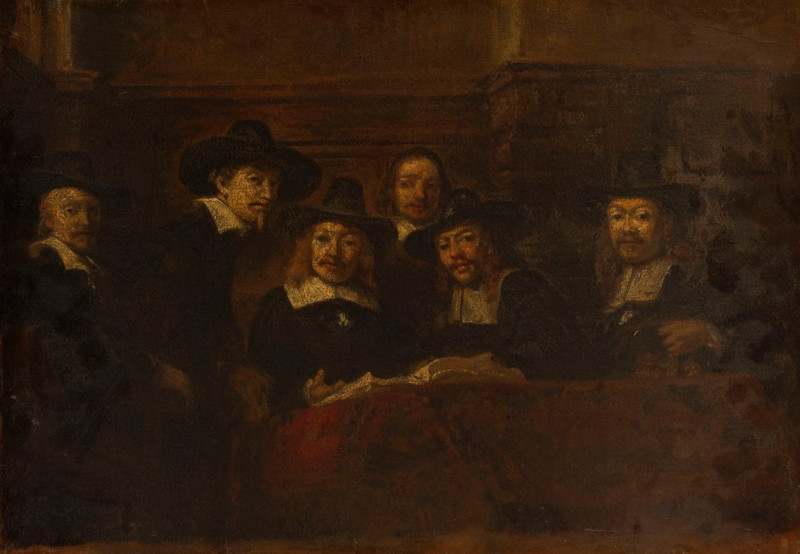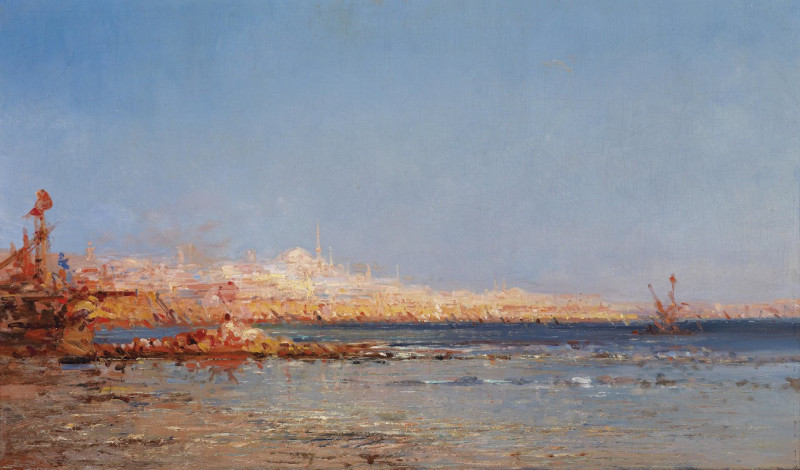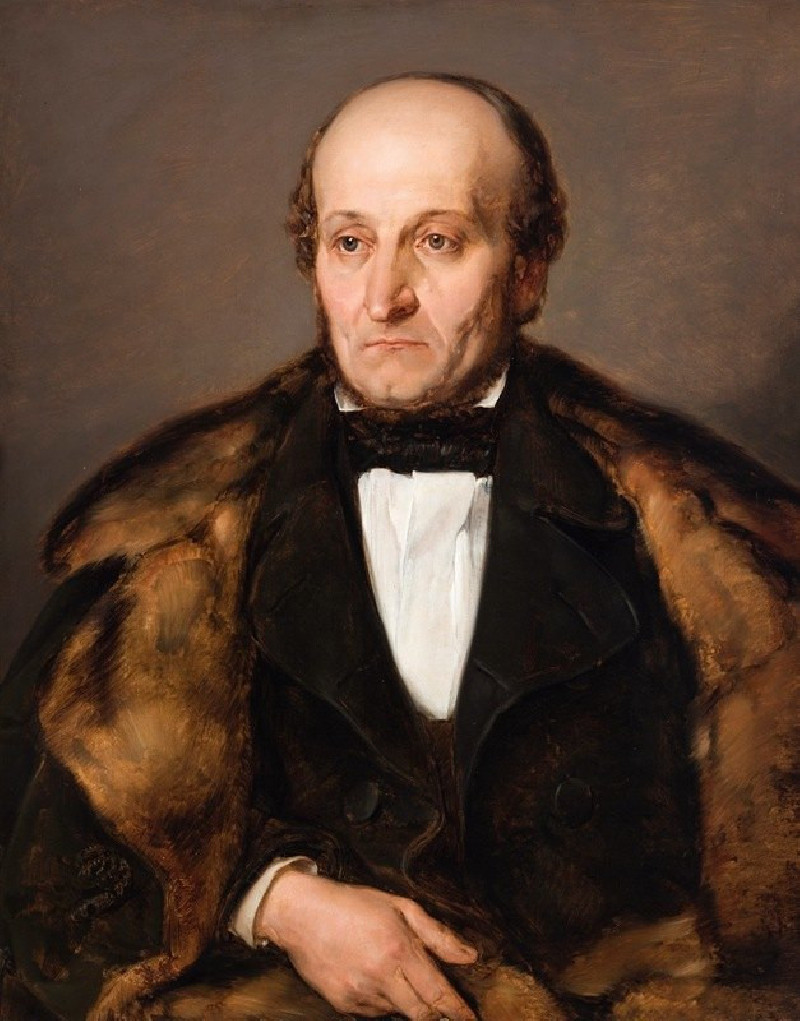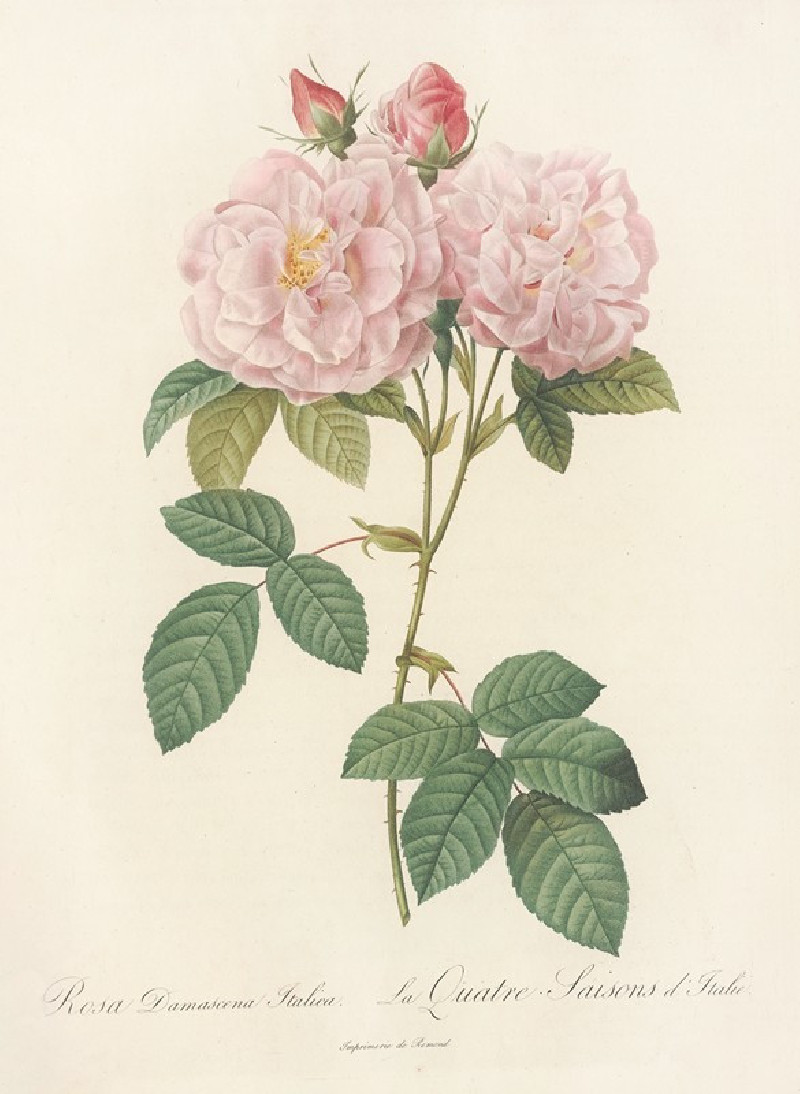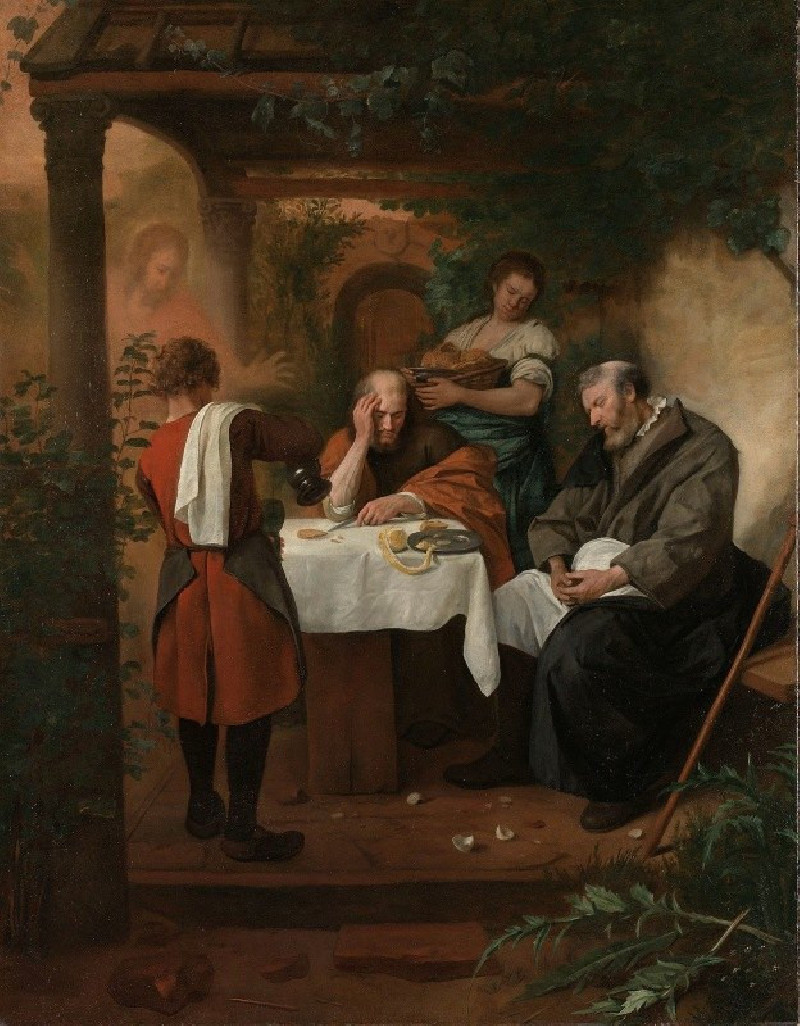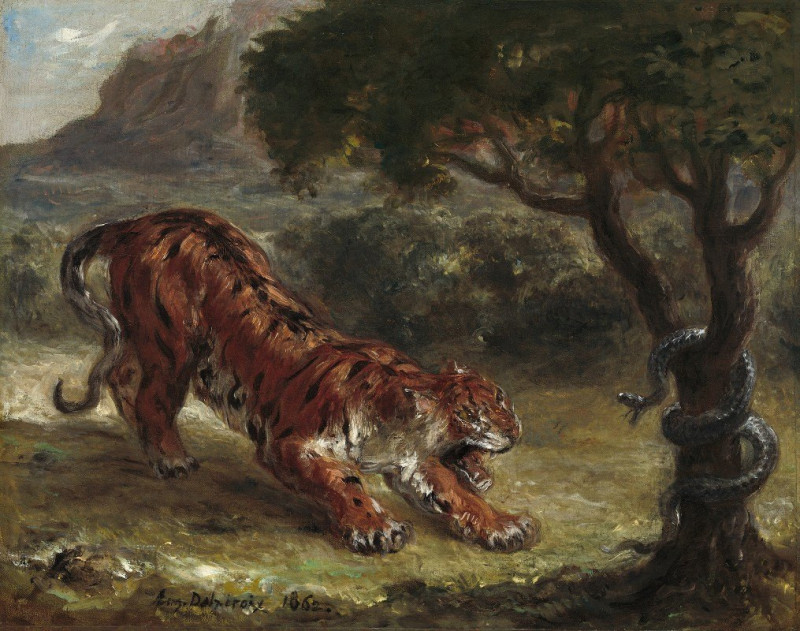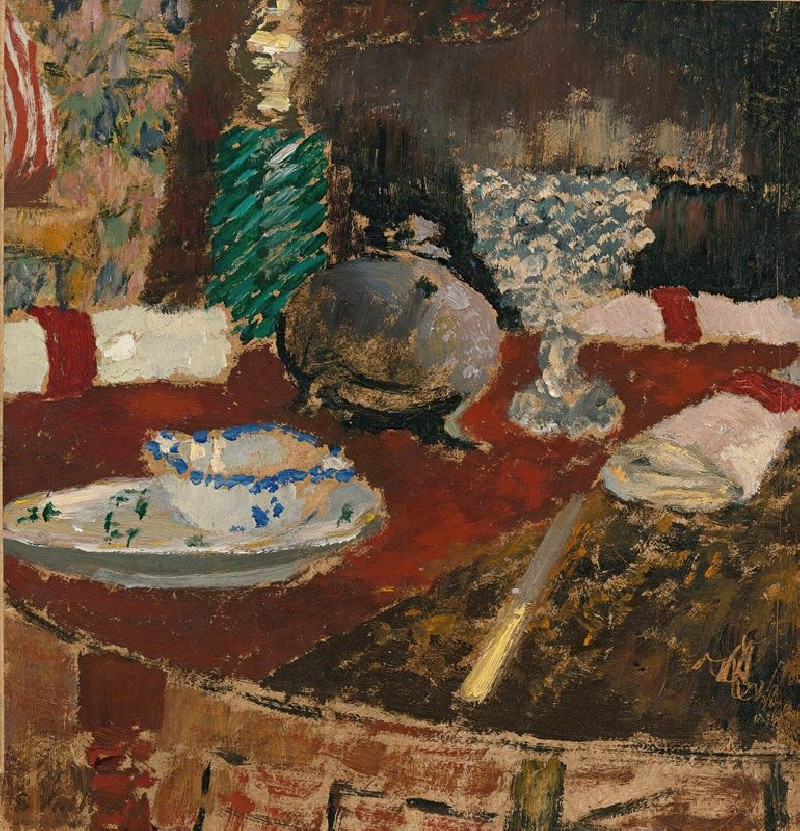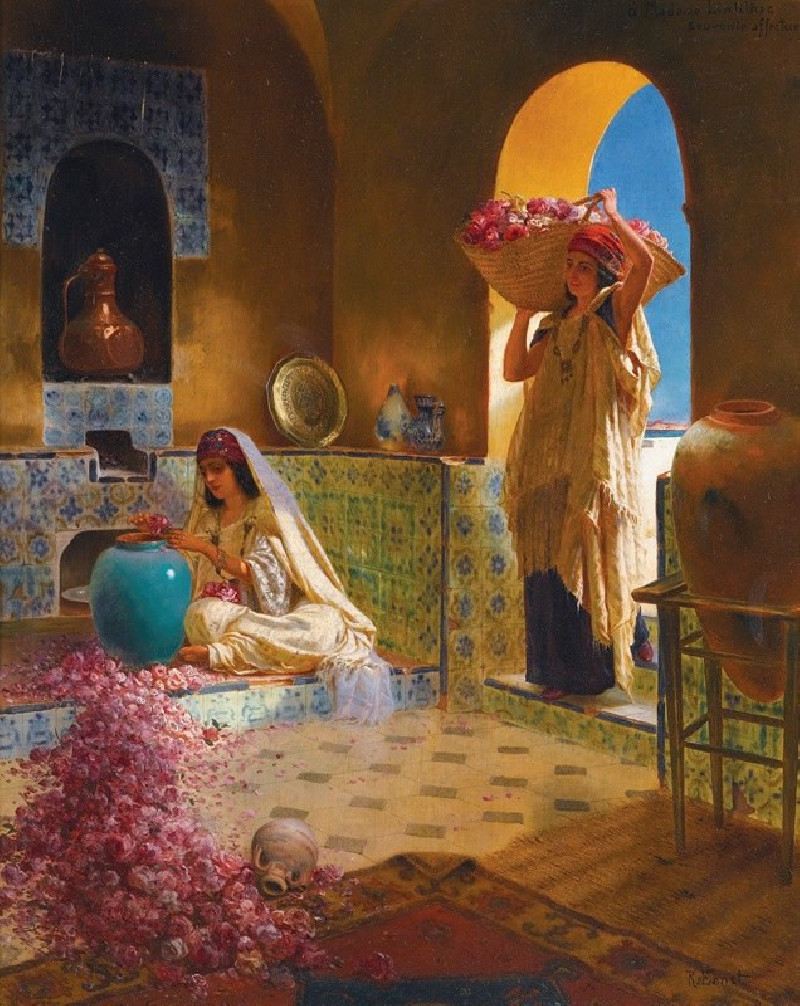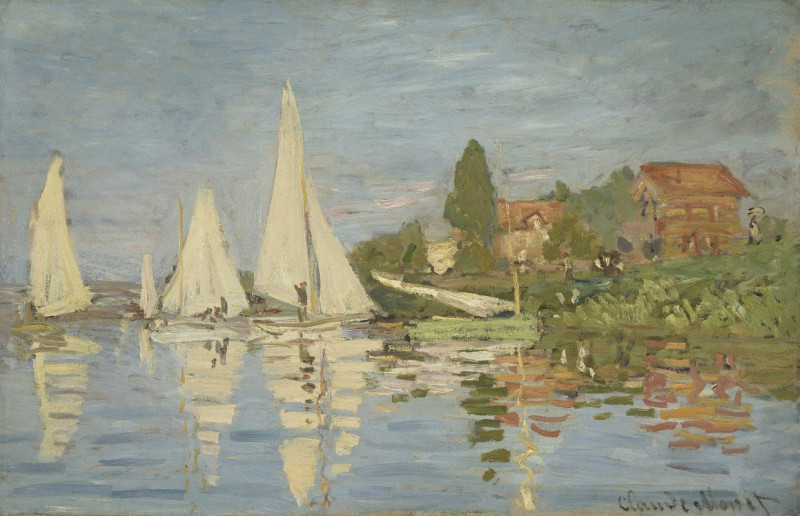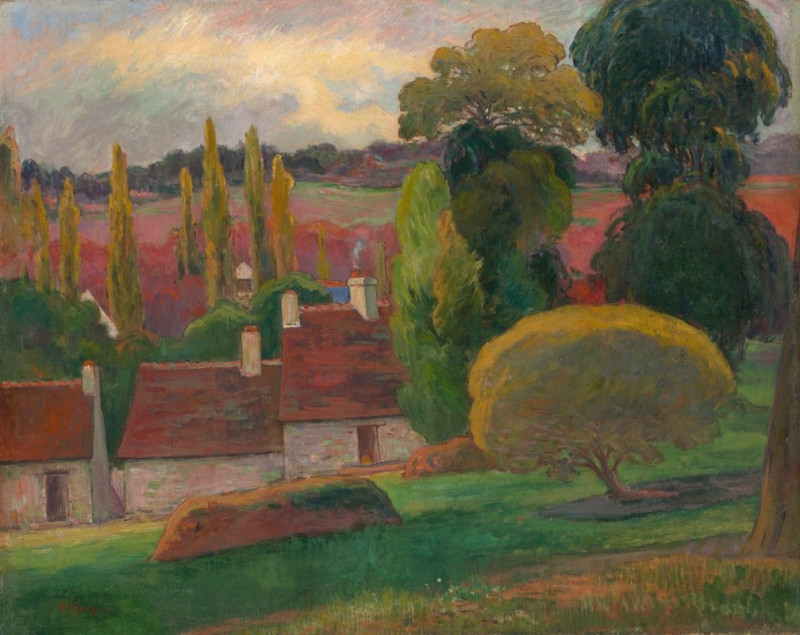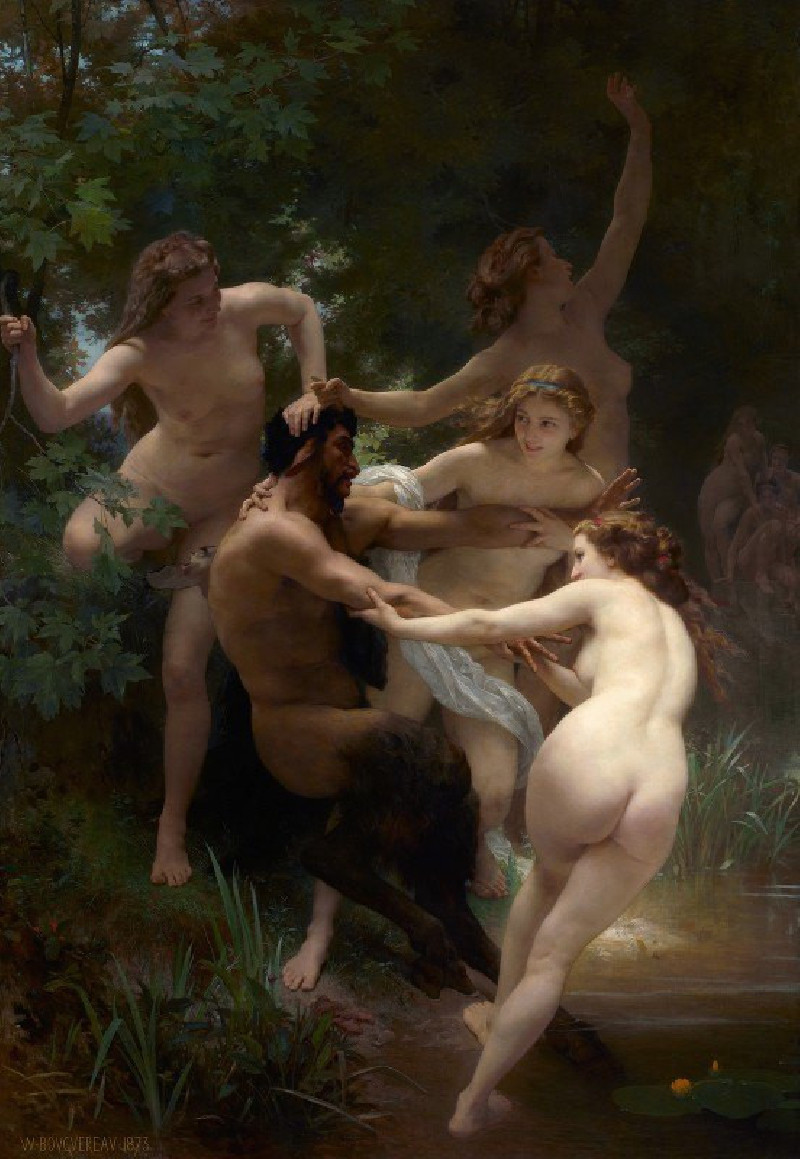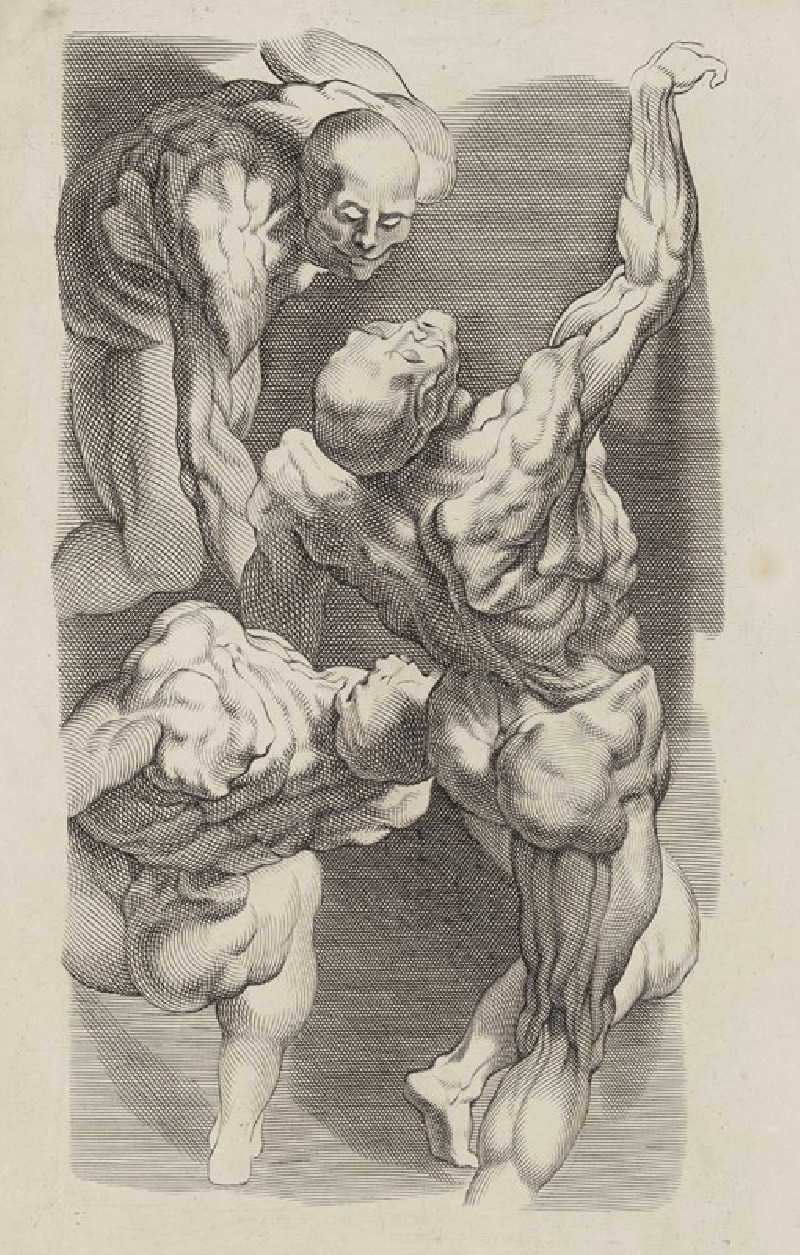Tête d’homme, d’après Rembrandt (1853)
Technique: Giclée quality print
Recommended by our customers
More about this artwork
Félix Ziem's painting "Tête d’homme, d’après Rembrandt" (1853) is a captivating piece that showcases the artist’s admiration for Rembrandt’s mastery in capturing human emotions and his expert use of chiaroscuro. In this artwork, Ziem portrays the head of a man seemingly absorbed in deep thought. The figure is painted with quick, expressive brush strokes that give it a raw and immediate presence.The subject is defined by soft, yet vigorous lines; his face appears worn and introspective under the shadow of his cap, which adds a layer of depth and mystery to his character. Ziem's choice of a restrained color palette—a range of browns illuminated by a golden backdrop—evokes a somber, contemplative mood.Ziem, known for his landscapes and maritime scenes, also had a profound interest in historical figures and scenes which is beautifully reflected in this homage to Rembrandt. The painting not only reveals Ziem’s skillful depiction of human features and emotions but also highlights his ability to translate the essence of Rembrandt’s style into his own unique interpretation.

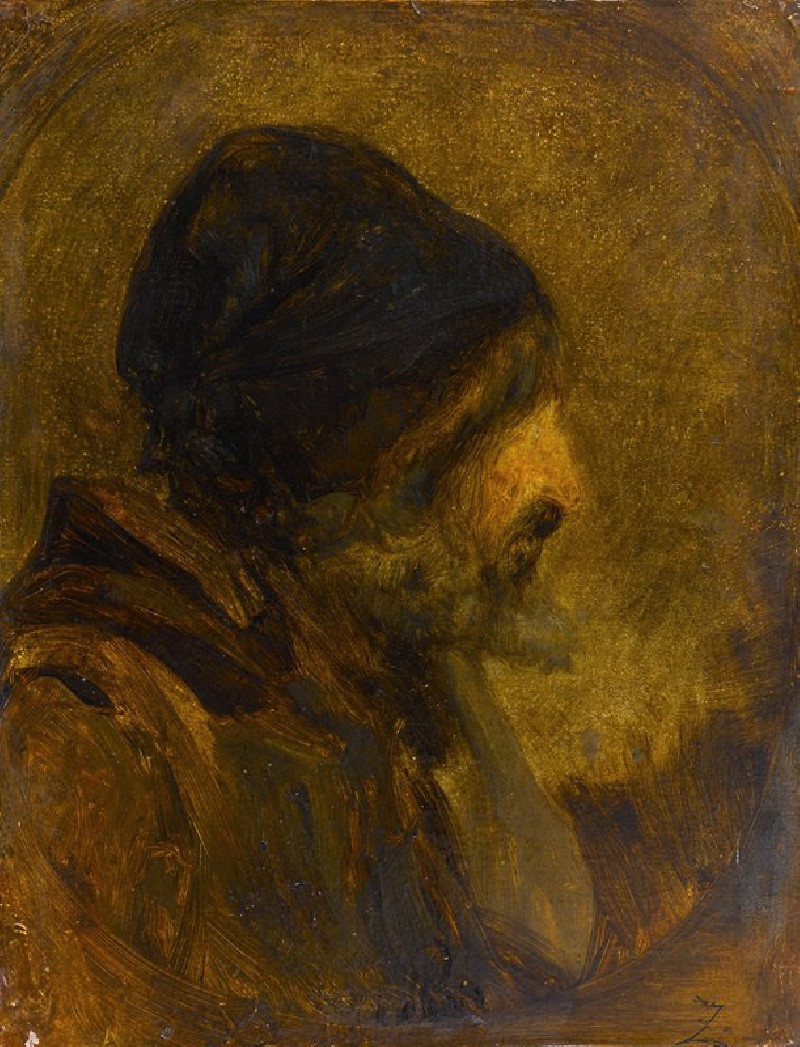

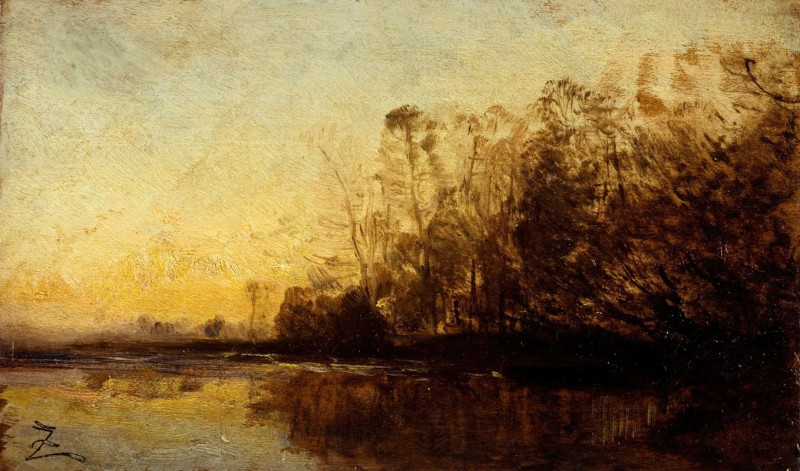
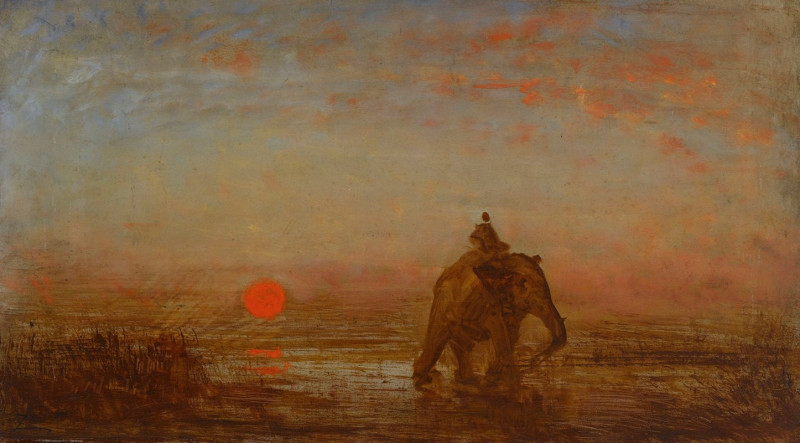
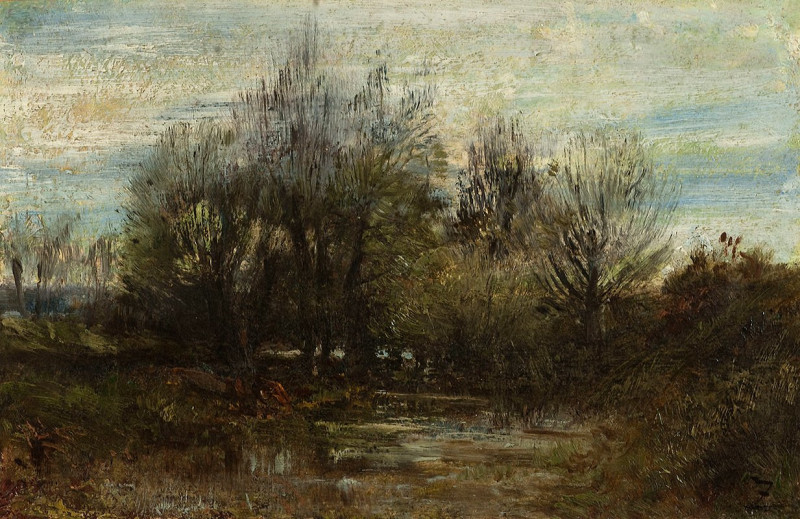
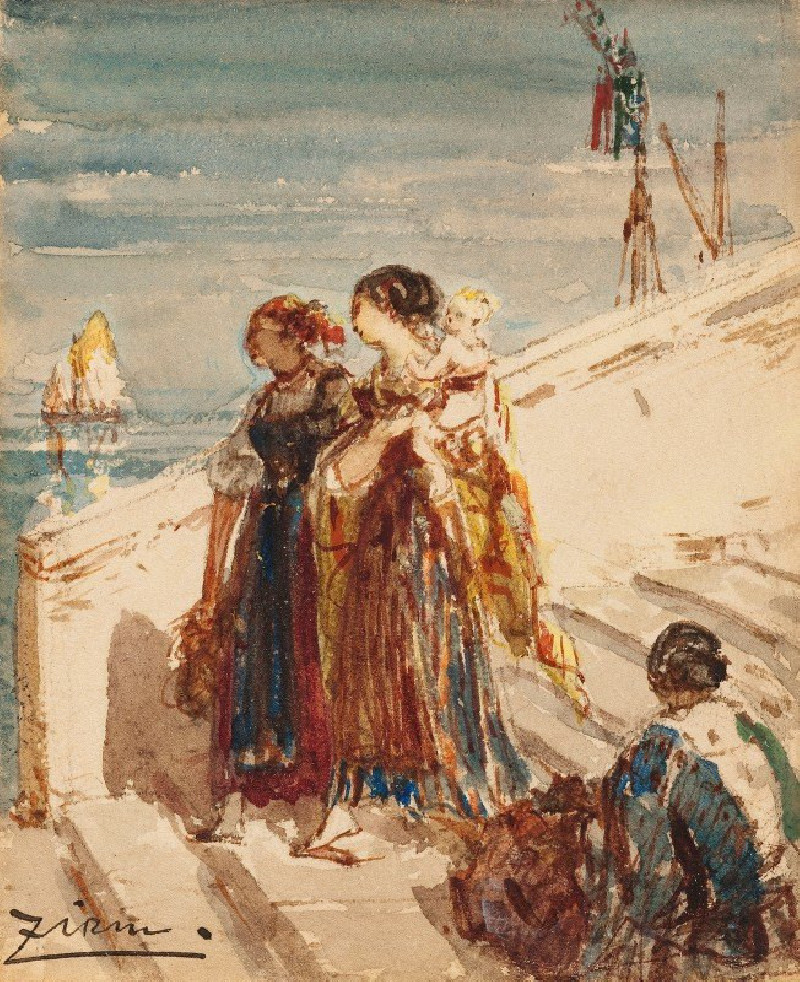

![Le Moulin [Environs De Martigues] (1890) reproduction of painting by Félix Ziem. ALL GICLEE PRINTS](https://reprodukcijos.lt/40587-large_default/reproduction-of-le-moulin-environs-de-martigues-1890.jpg)



